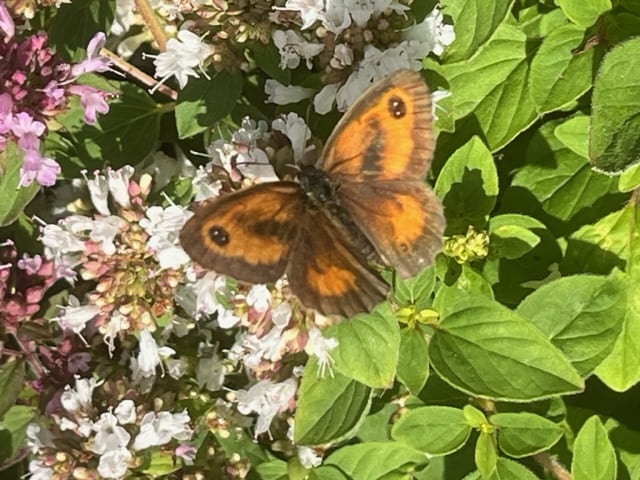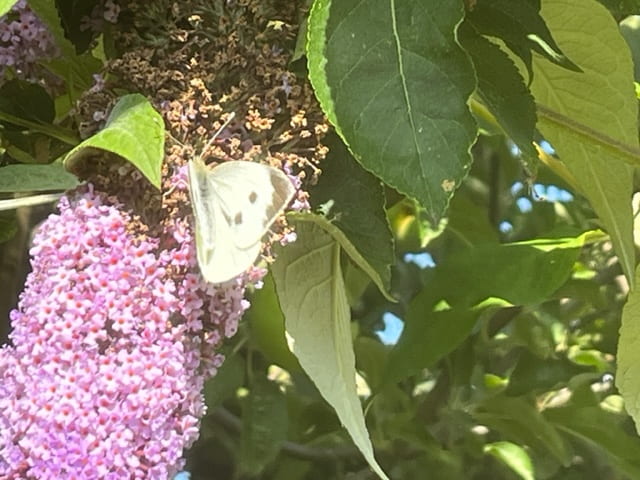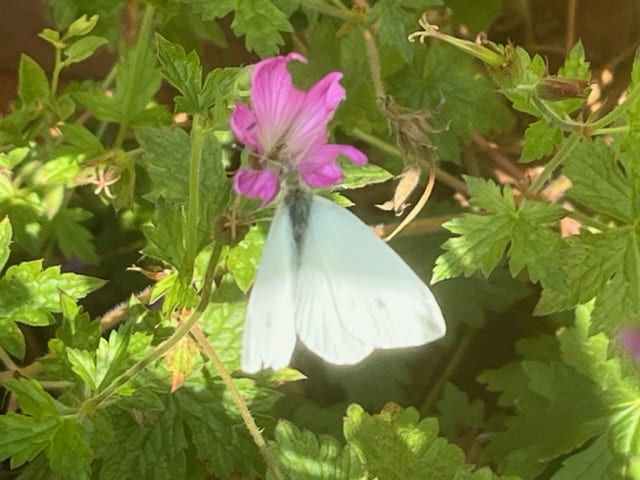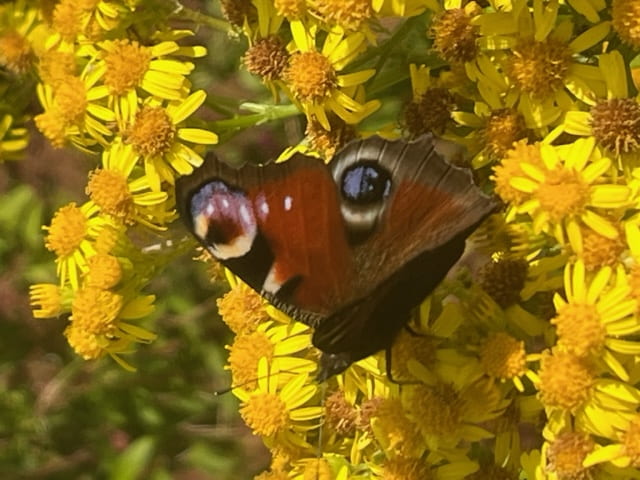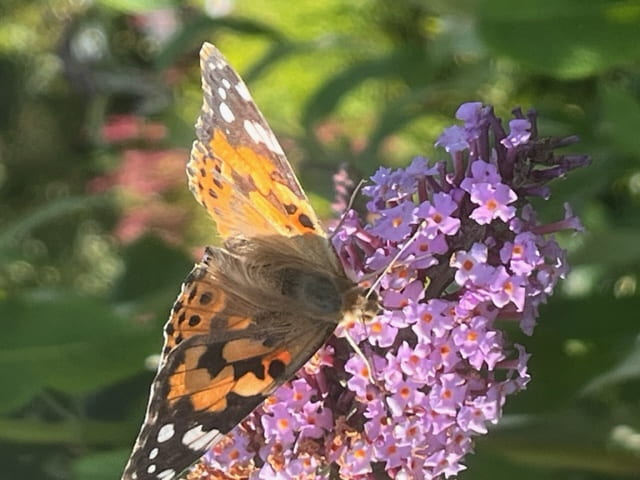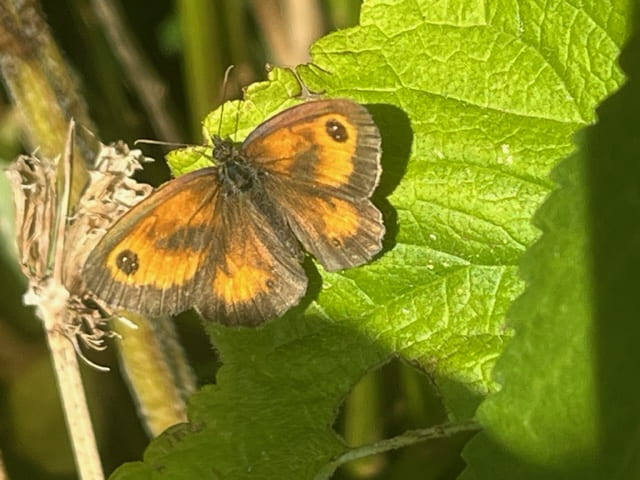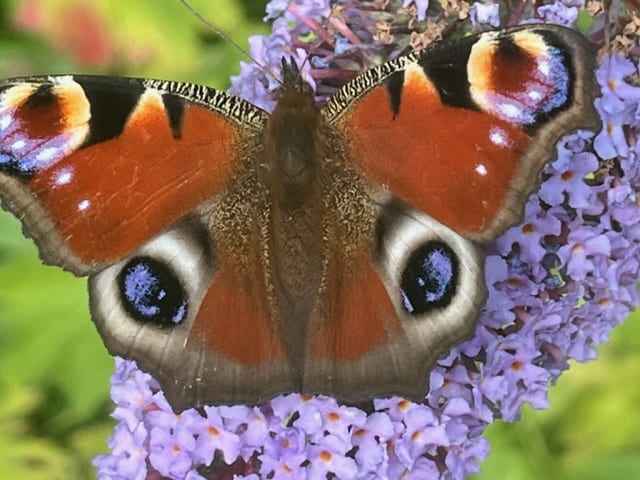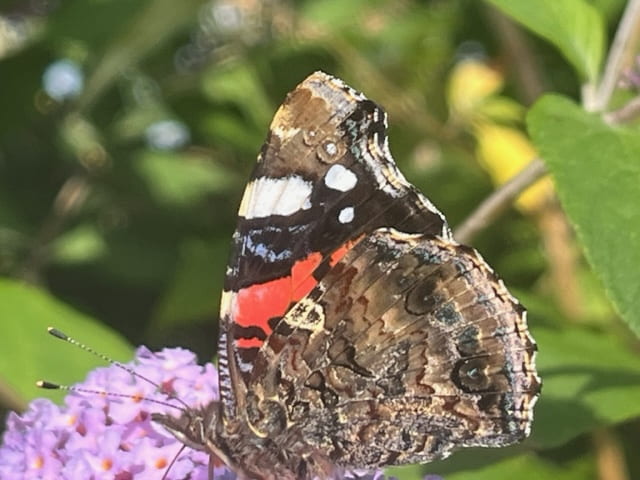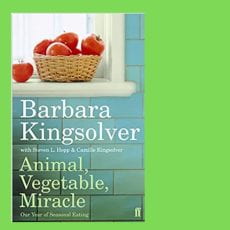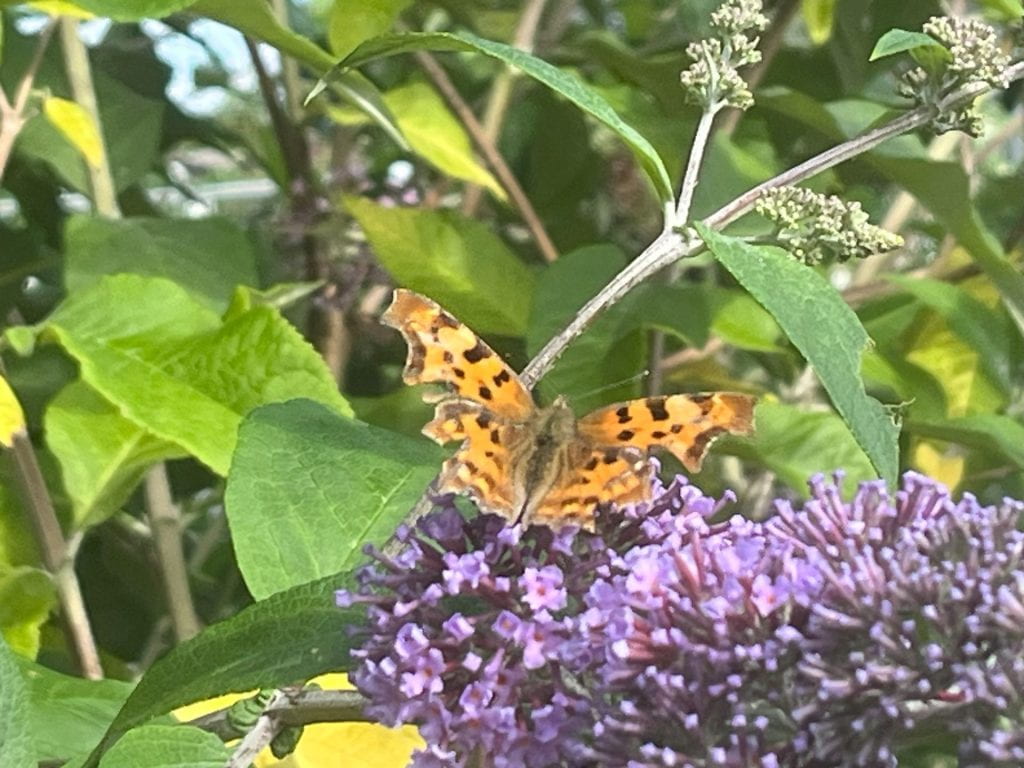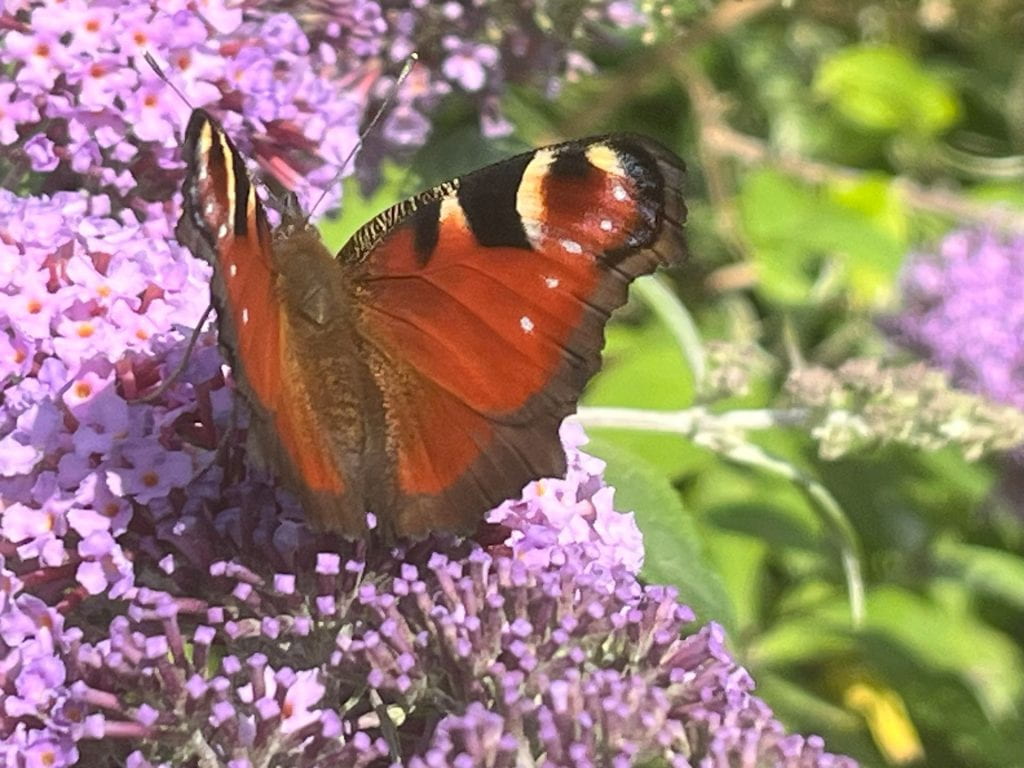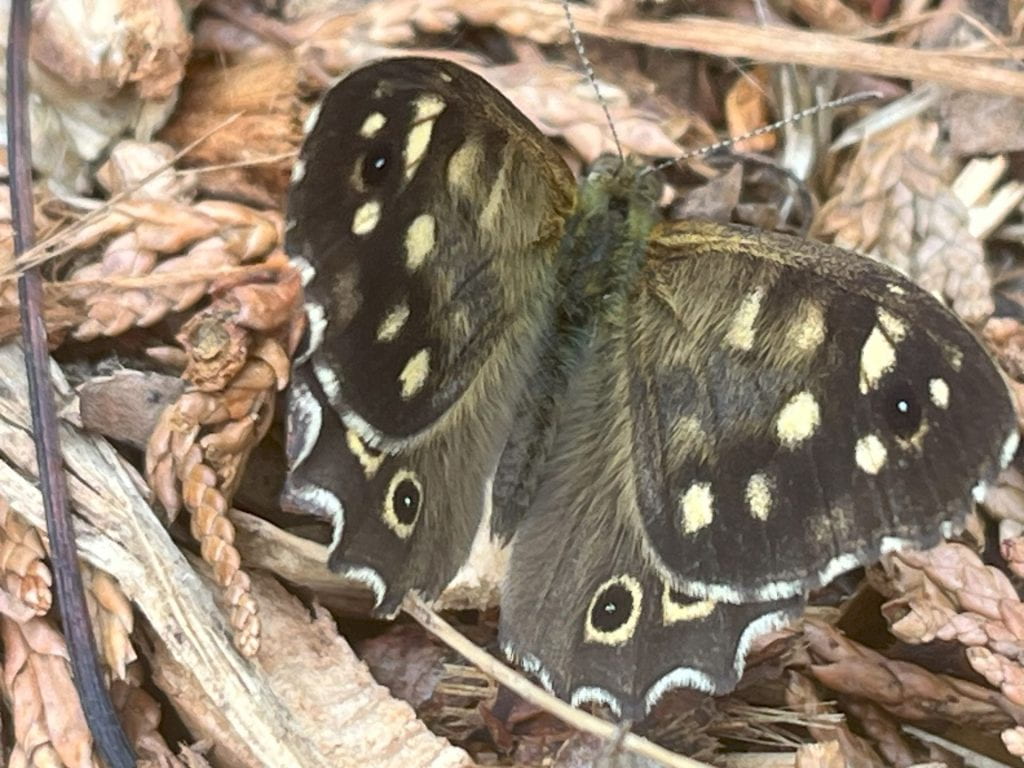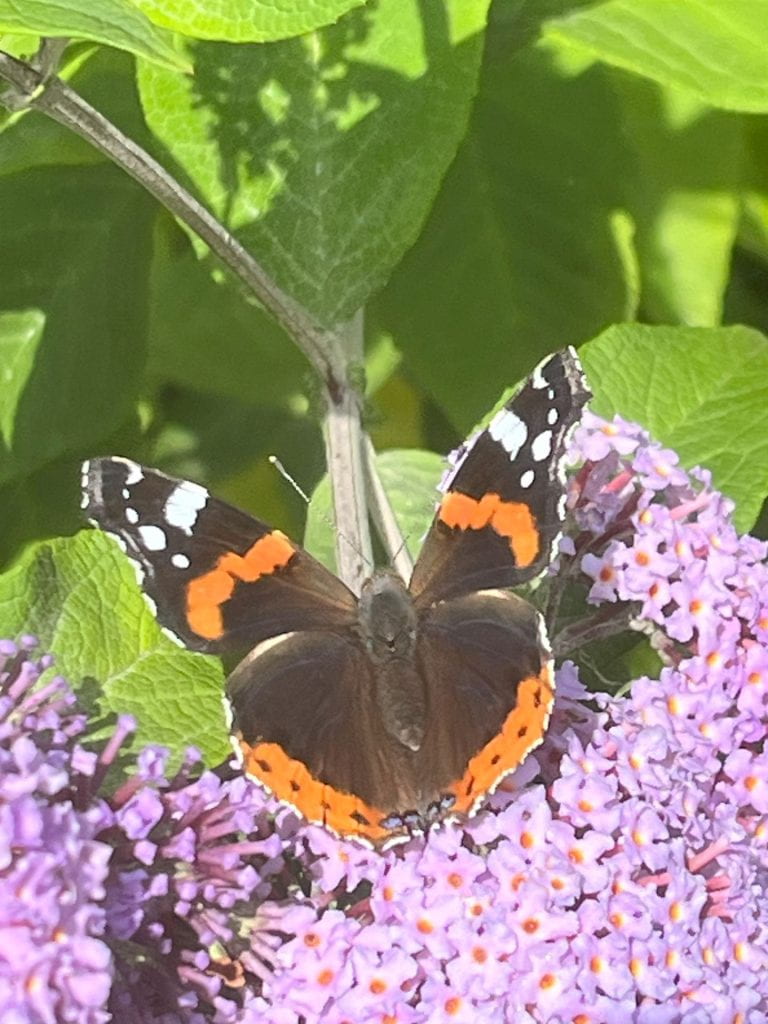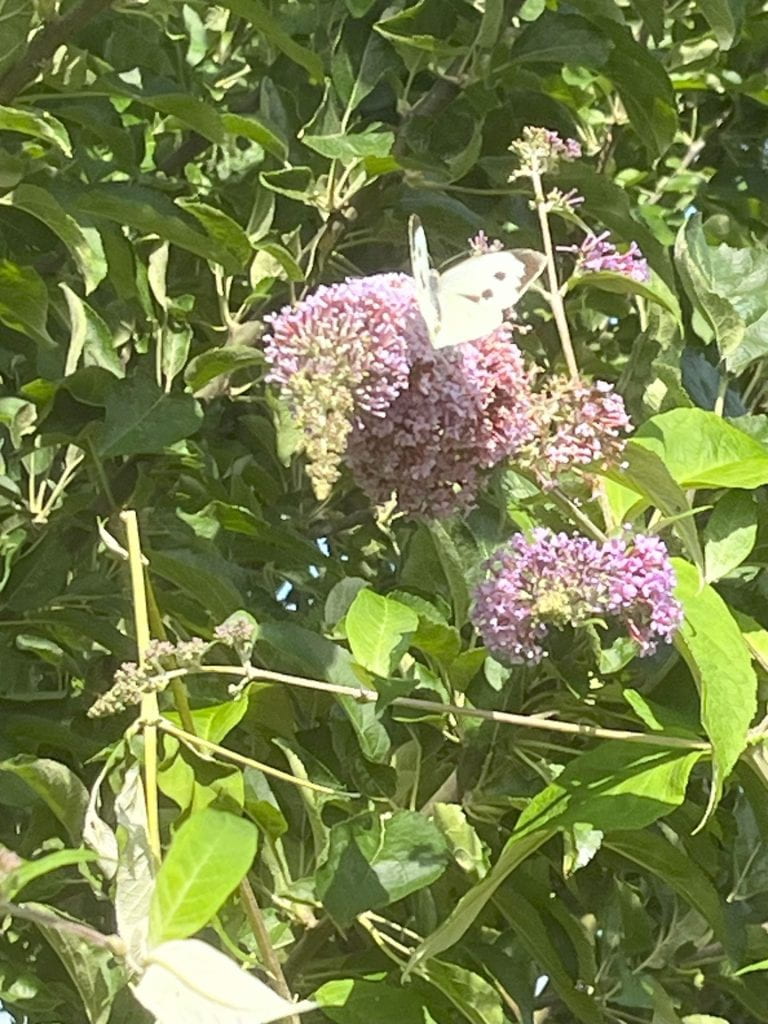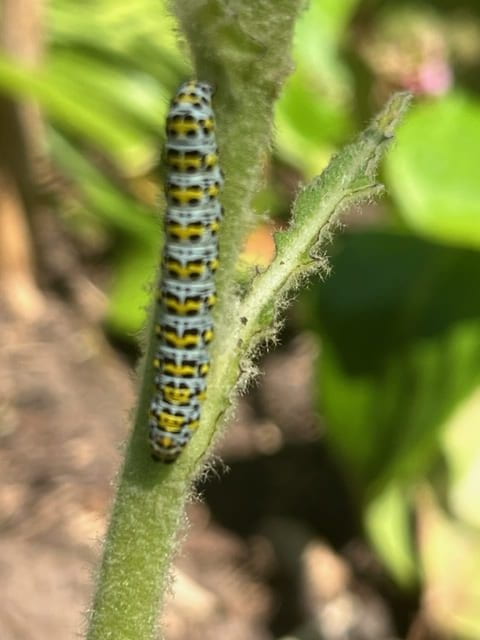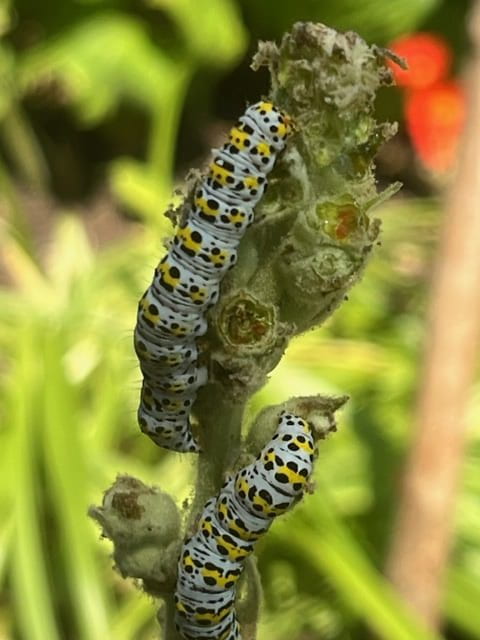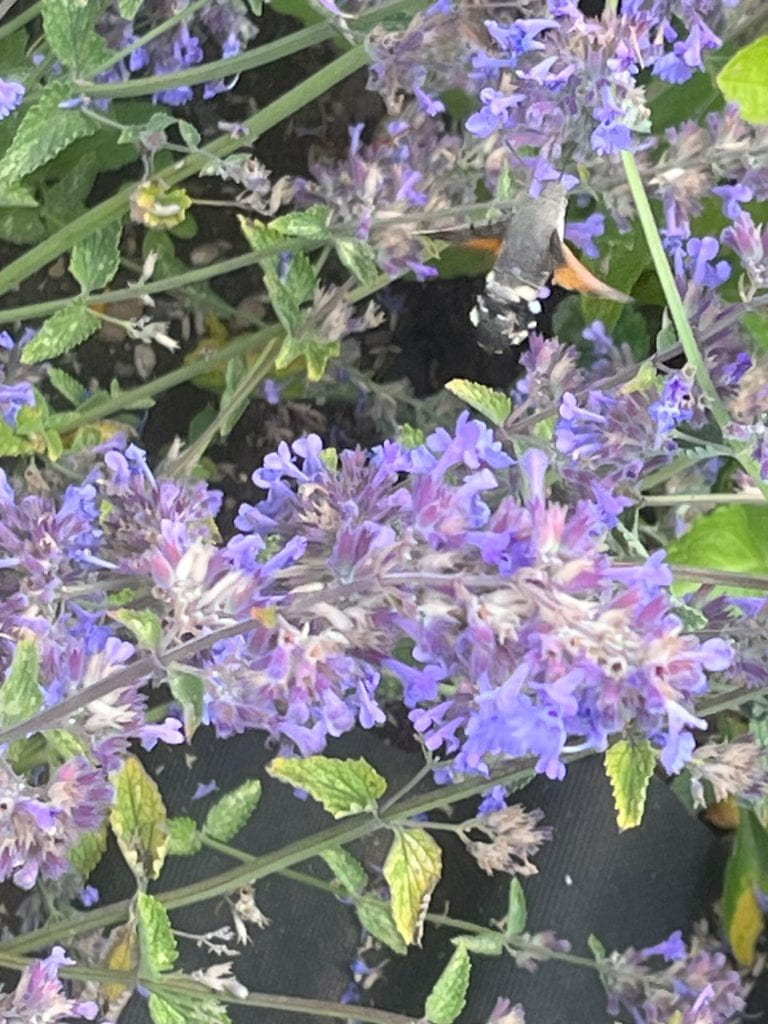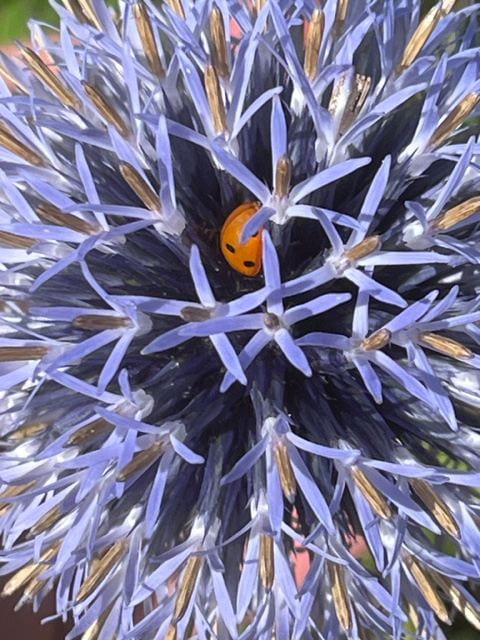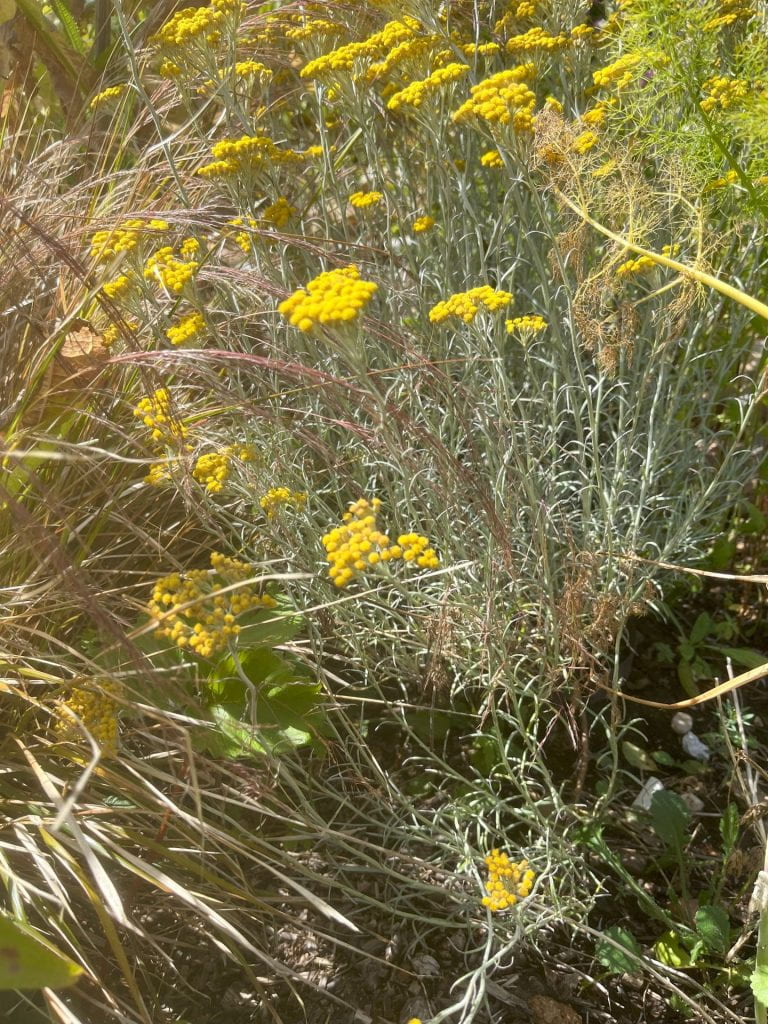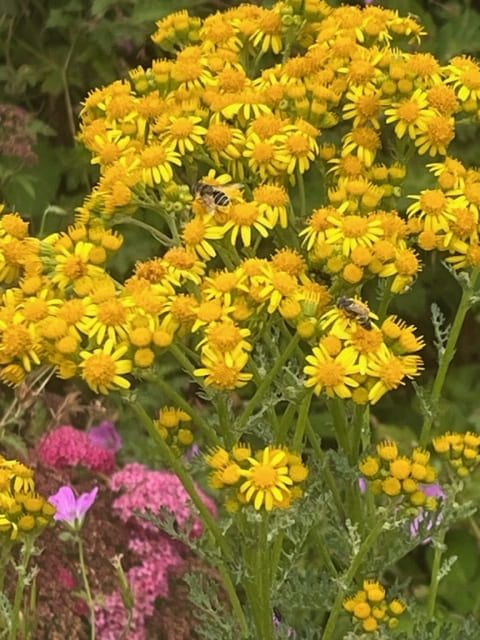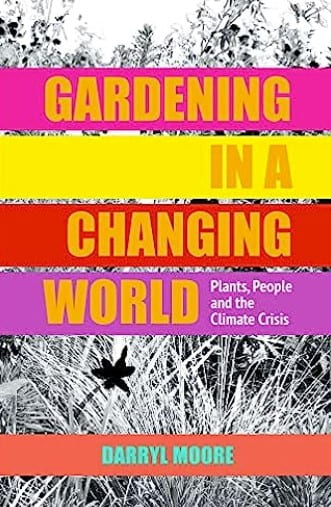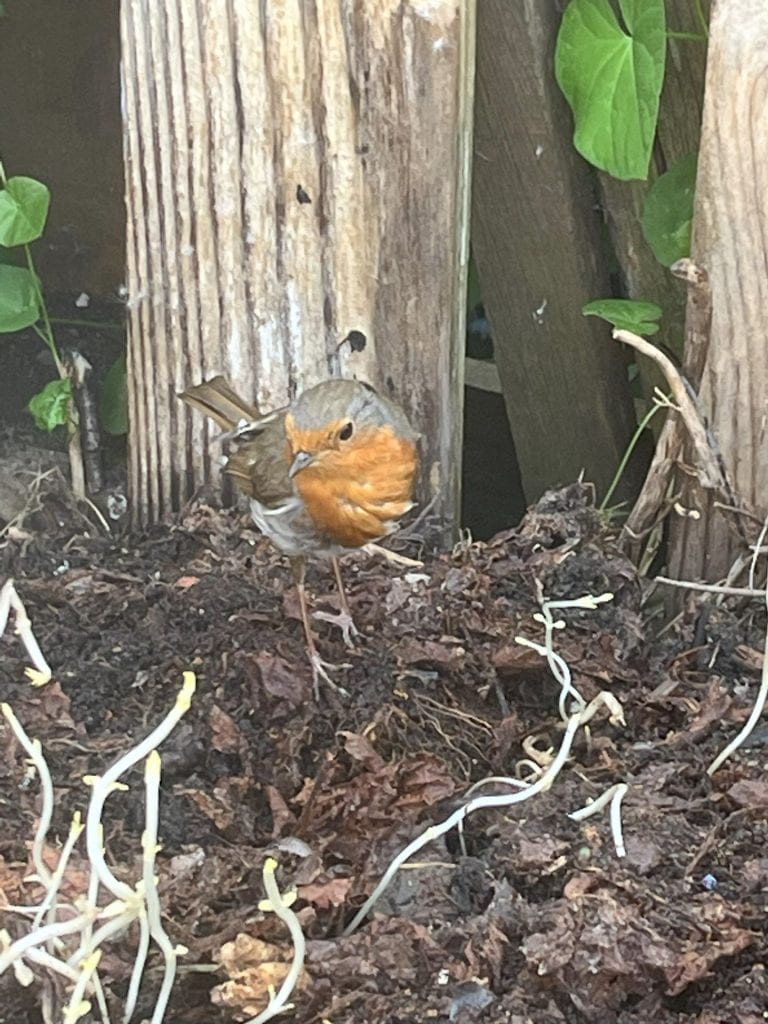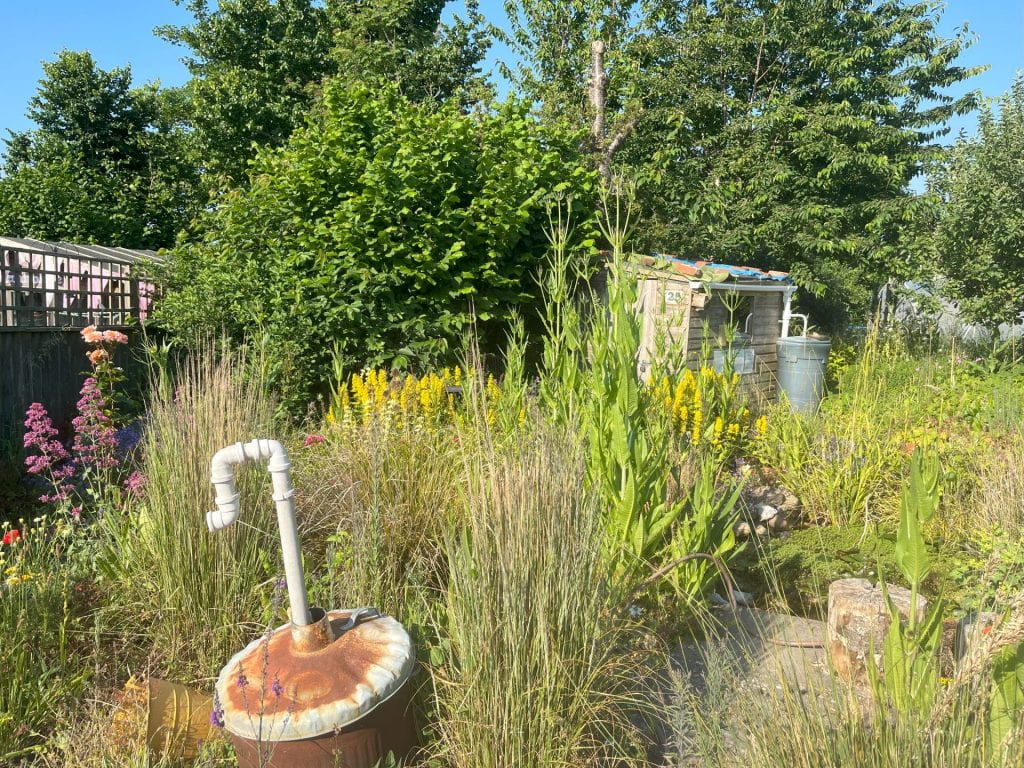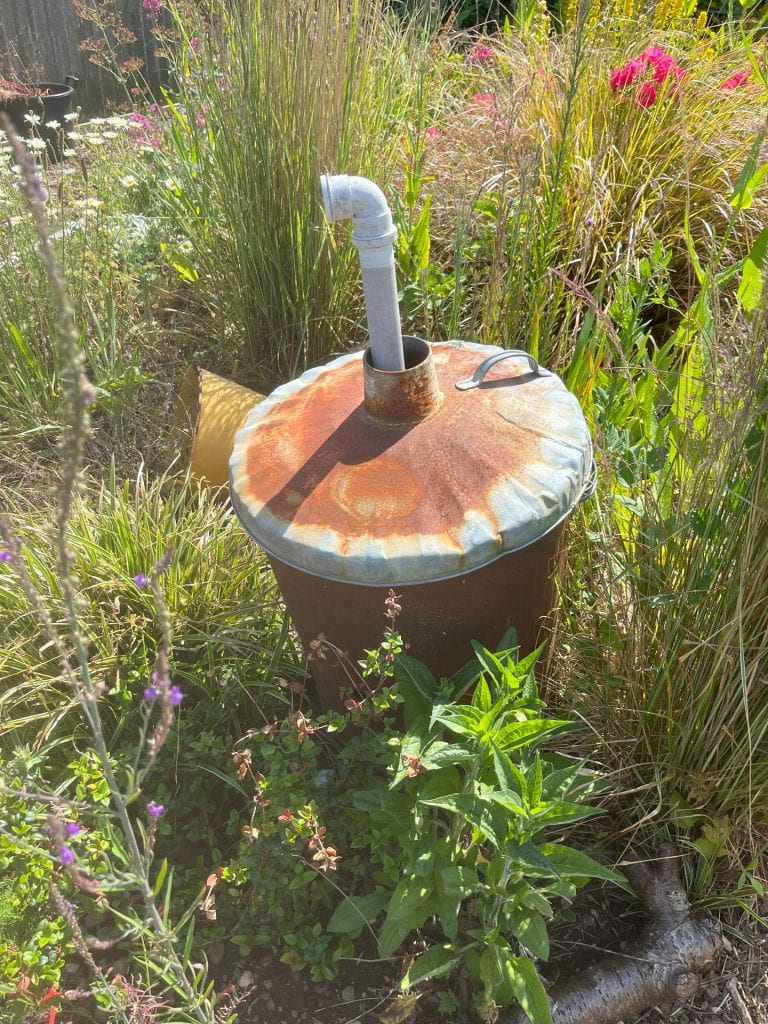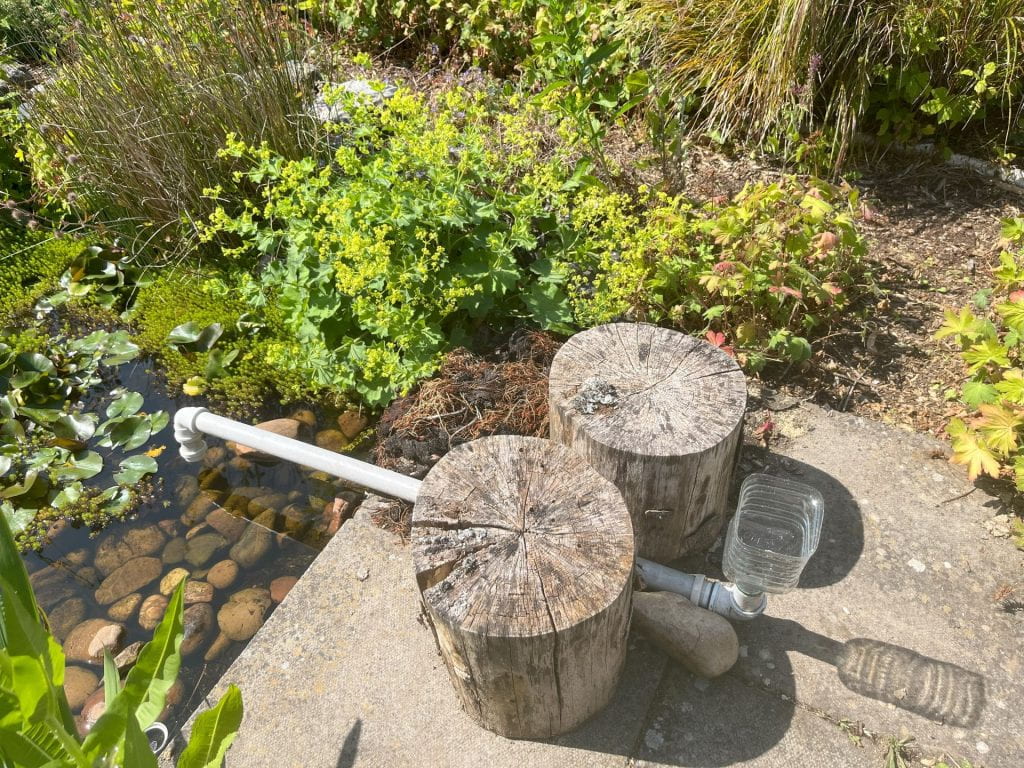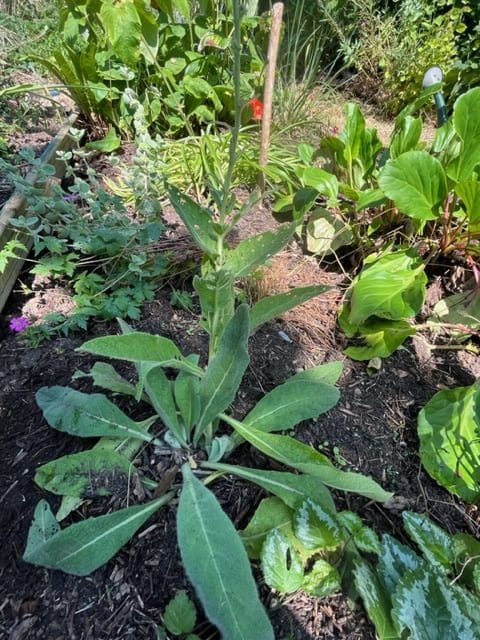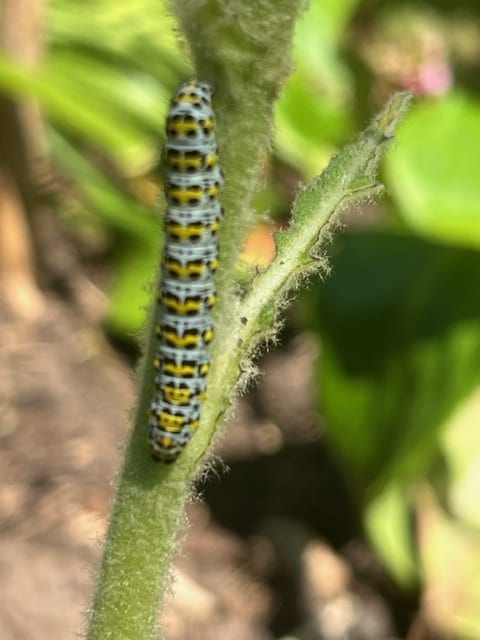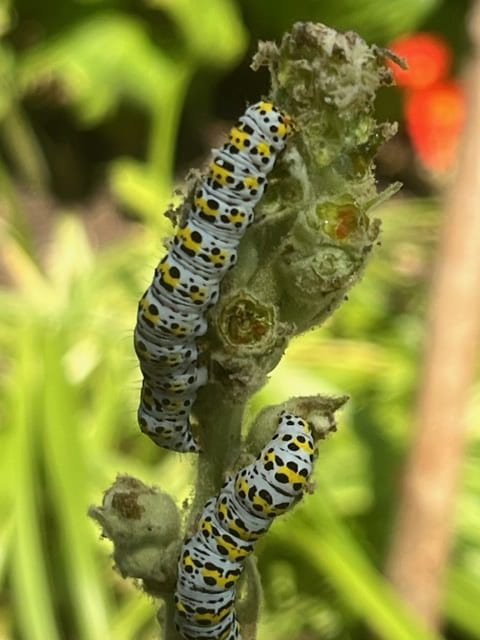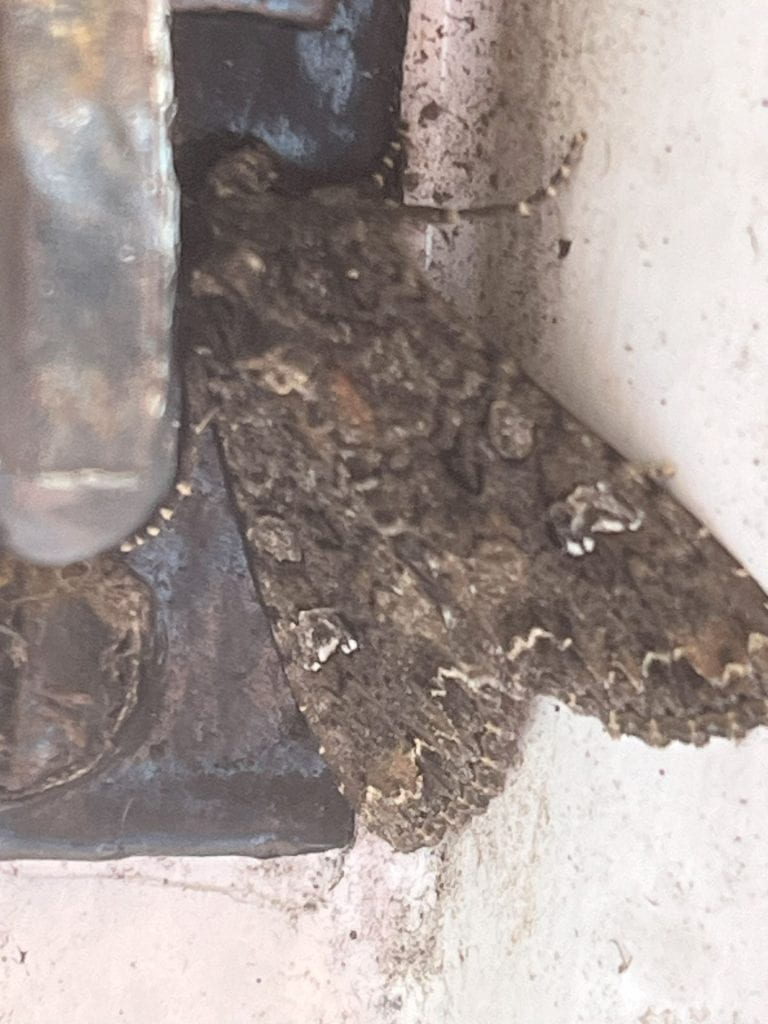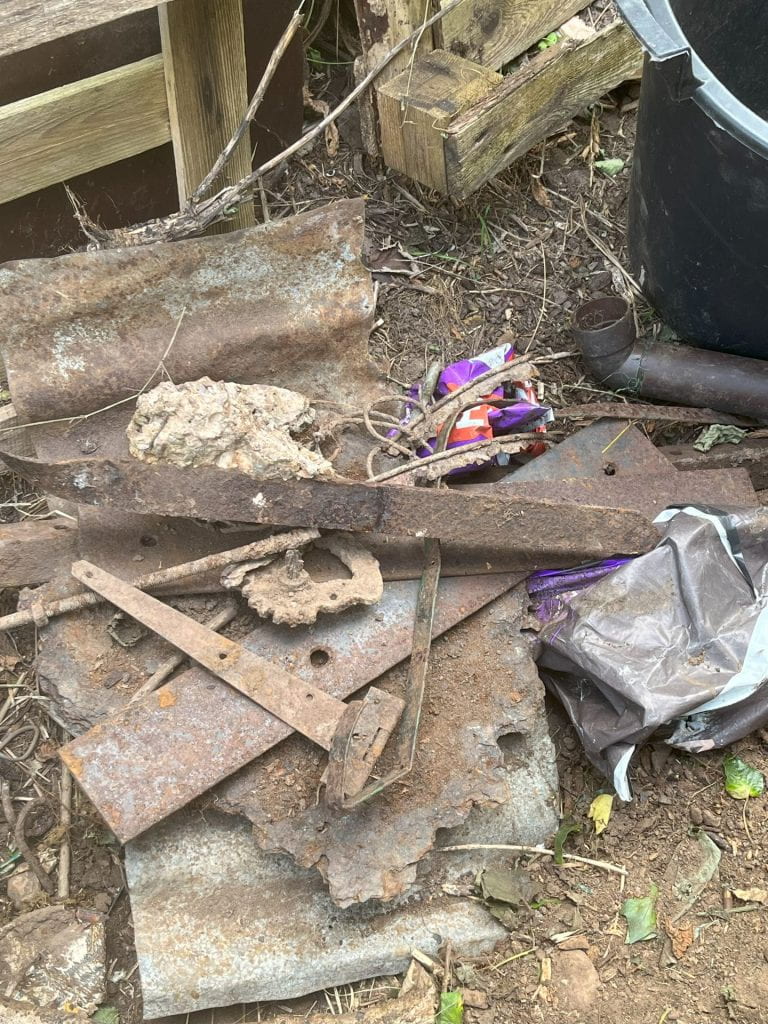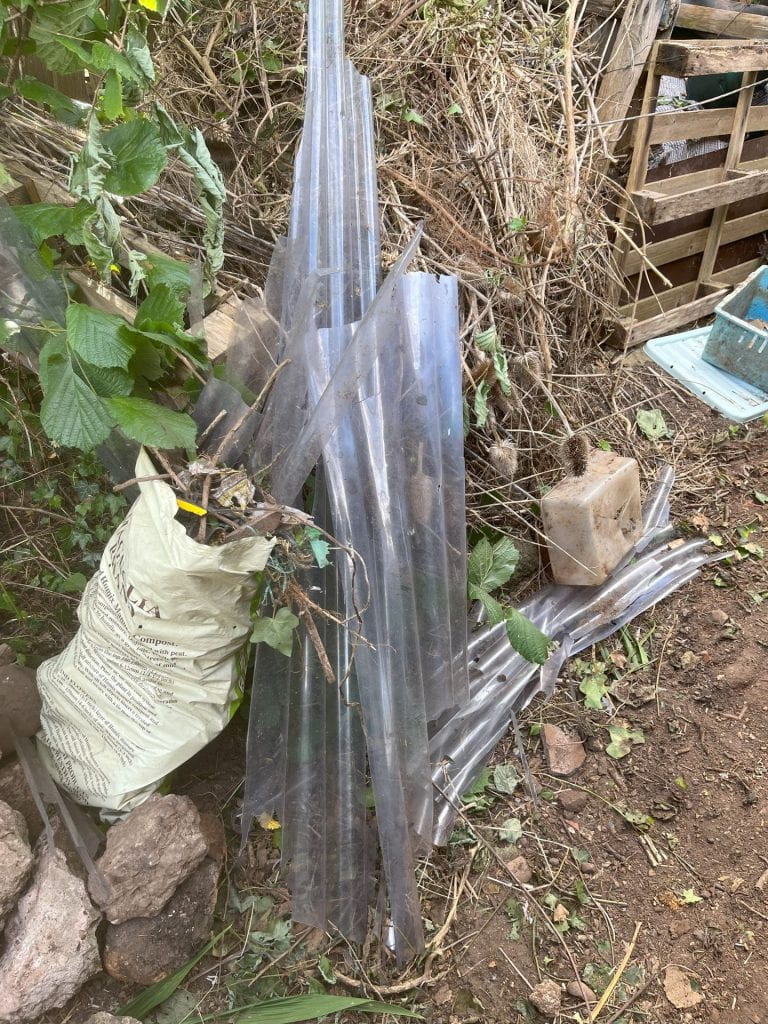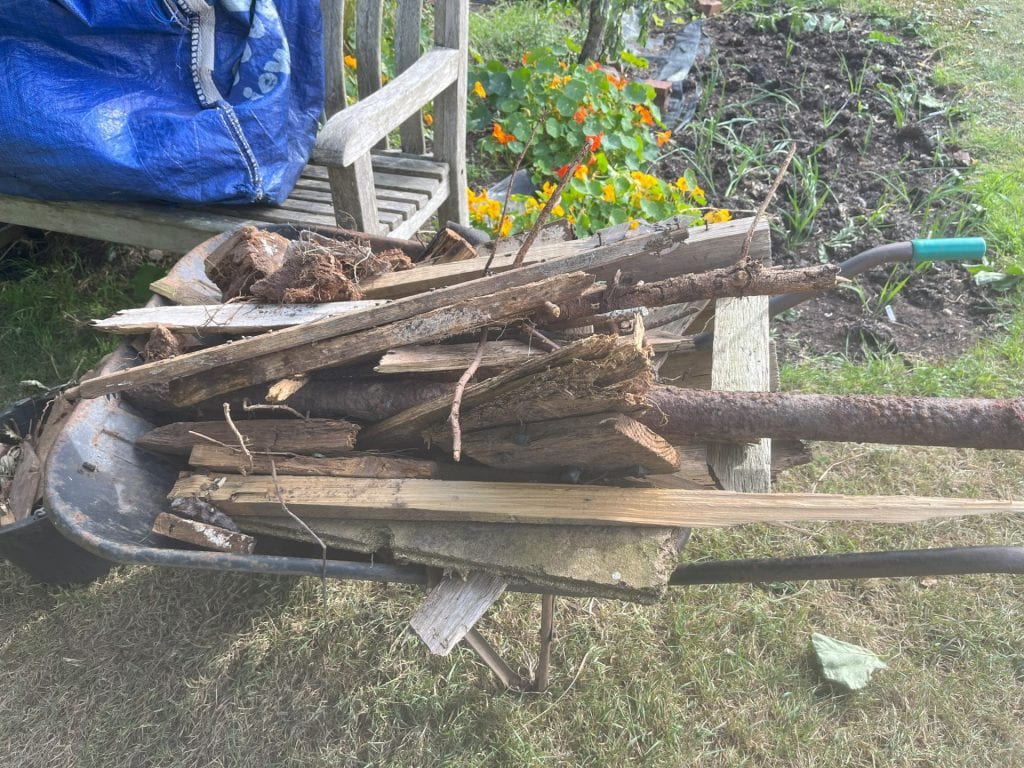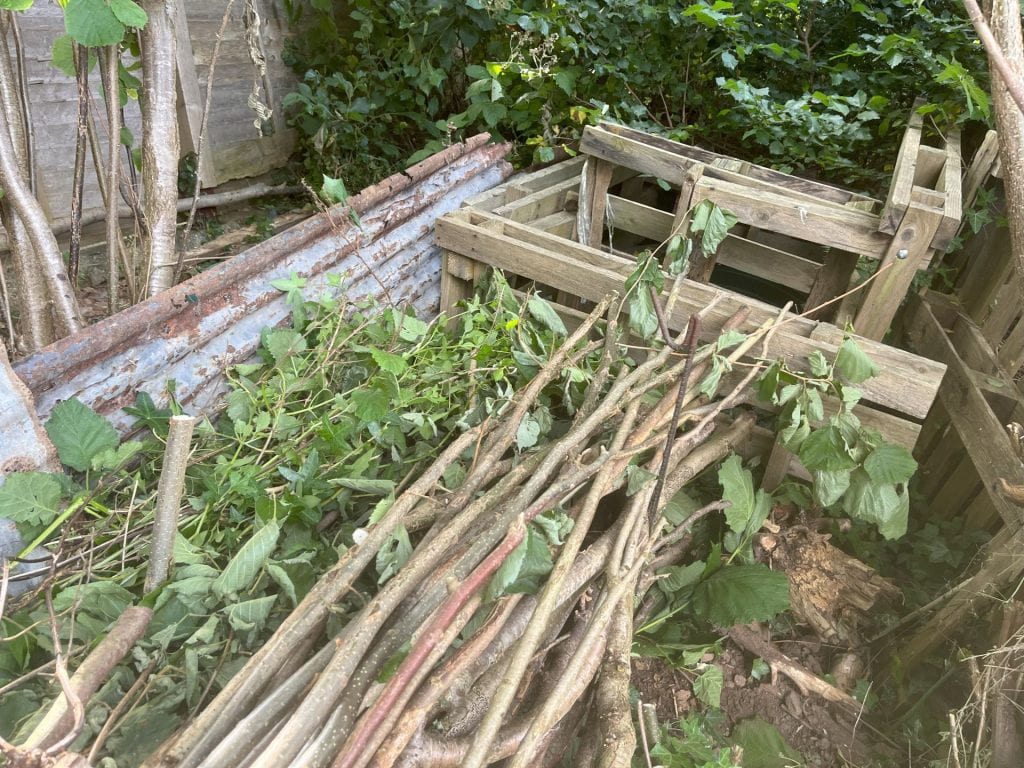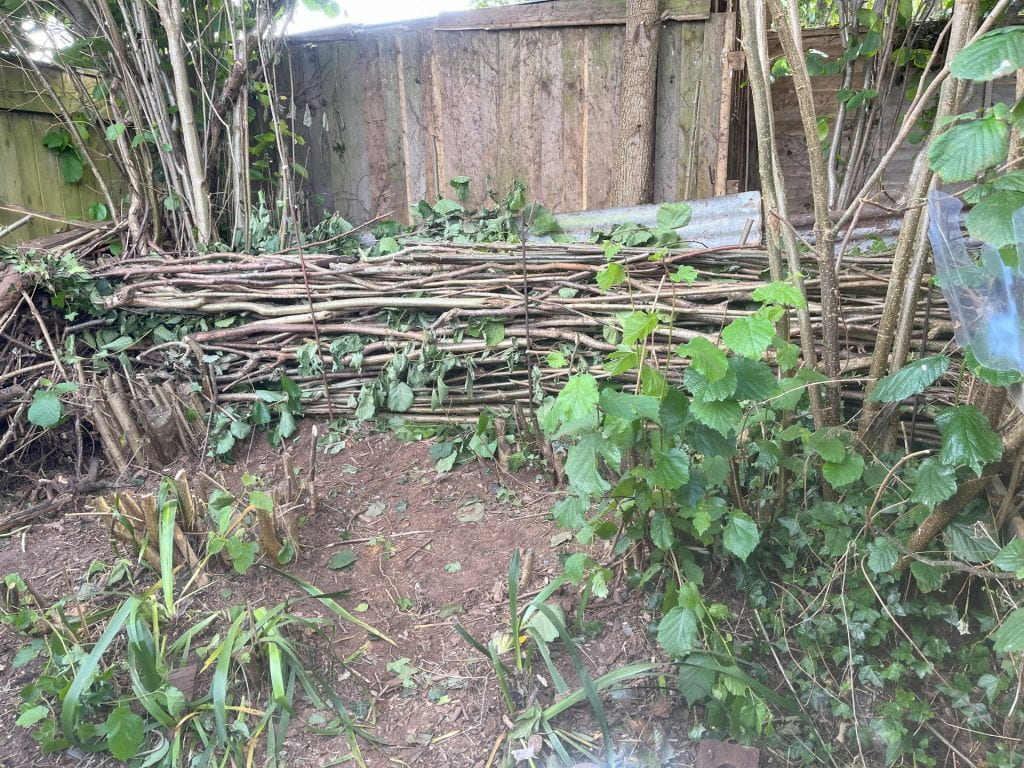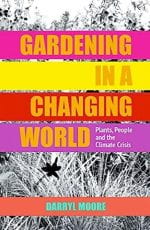
Plants as processes.
Ecological planting can take many forms. One form is biogeographical in that plants from a certain area are grown together as a community. The communities have developed over a long time and are often used for historic situations as they are almost a restoration method of planting.
A second method is to take plants that exist throughout the world in similar situations and put them together providing more flexibility but novel communities. For example, here in Exmouth where we garden on dry, coastal sand with large pebbles, we are able to grow a large range of New Zealand plants that come from a similar type of environment but the other side of the world. Here the aim is a general naturalistic impression rather than a direct copy, but one where plants are more liable to support themselves with minimal intervention.
Whichever method is used, they both aim for the idea that diversity is healthy.
In the US there is a lineage of naturalistic planting often using native planting. Prairie planting ws driven by a romanticised view of the landscape – landscapes as seen by the white settlers. But what they were not was landscapes free from human intervention because the indigenous people had been ‘working’ them for aeons. The flora were not natural communities but those that had established after bison had been through and disturbed the land to which the plants had become adapted.
This type of planting should change over time as the plants seed and move around the area. In fact, this is the only constant of this type of planting. Van Sweden and Oehme developed this style of planting with grasses and perennials on quite a large scale. The were less interested in colour, but more interested in texture, height and drama. Colour was just left to do its own thing.
Rainer and West moved this style of planting on a stage with the layering of plants to fill every niche including complete ground cover. Annuals are also included particularly if there has been significant ground disturbance during the design. Balancing the needs of people and plants: the range and type of plant with what people find beautiful is a system of plant communities that shows great promise. It is something that I am trying to find my way with on the wildlife garden.
In the 80s we started to see the Dutch ‘new perennial’ planting as shown through Gerritsen and Oudolf where naturlaistic planting was mixed with modern design. Wild planting with strong design. They rejected the idea of continuous and intensive labour to maintain the gardens but meant that they needed a different palette of plants such as wild plants and ornamental grasses. In fact, this led to the development of the Oudolf’s nursery so that they could obtain the plants that they needed and wanted for their designs. Oudolf is the surviving member of this group and is interested in plant colour but he considers the flower’s shape and seed heads first, then the leaf shape and texture and then colour. He is the master of plant structures and shapes once they have lost their leaves so that they look good into winter. This type of planting relies on careful selection of plants, something Oudolf has been researching for many years.
Recent work such as Hitchmough and Dunnett has focused on random planting of species, sometimes through seed mixes to explore how communities and individual plants are responding to climate change and therefore provide useful indications of the future of vegetation, particularly for urban areas.
In Britain, work was undertaken to look at newly built on areas and not importing top soil but using what was present, disturbance, clay, rubble and shale and linking planting that remained arund teh outside of the housing site to planting within and around to create a richer and more diverse stimulating environment for the people who live there.
This cleared teh way for Hitchmough and Dunnett and the Sheffield school of planting, their most high-profile planting being the Olympic Park in London in 2012.Although the worked together on this, they do have distinct ideas on the relationship between ecological and aesthetics. What does tie them together is their scientific rigour of ecological planting. The university is a hotbed of research focusing on the relationship between planting and people in urban areas.
James and Helen Basson are using science to push forward the art of planting in the south of France where it is hot and dry. They focus on water-conscious methods of planting and research the stress-tolerance of plants and the communities they inhabit. So, the landscape may use Rosemary but eh Bassons will use up to 20 varieties that flower at different times, some of which will come from drier parts of the region such as Greece and Turkey and which will work with severe drought. This means that as the climate changes and becomes hotter the planting will survive. Most planting is in in 10cm of gravel mulch to help root run with deeper levels of gravel where they are deemed necessary. Whilst they do import materials, they do not irrigate and therefore waste precious resources. The gardens are constantly changing because some plants have shorter lives, lavender, cistus and rosemary about six years, and they prune or what they call ‘goat prune’. This replicates the grazing which takes place in the wider environment.
The Bassons have created a large database of plants based on where they grow best with many variables and are now useing AI to help process the data. This means that they will be able to identify which plants will become over dominant in an area and what the ideal balance of species is to make the community diverse and complex. Future factors they would like to add in are things such as scent and to link to climate databases. Phew. Garden design by AI!
You can read part 1, part 2, part 3, part 4, part 5 and part 6 if you click on the links.
